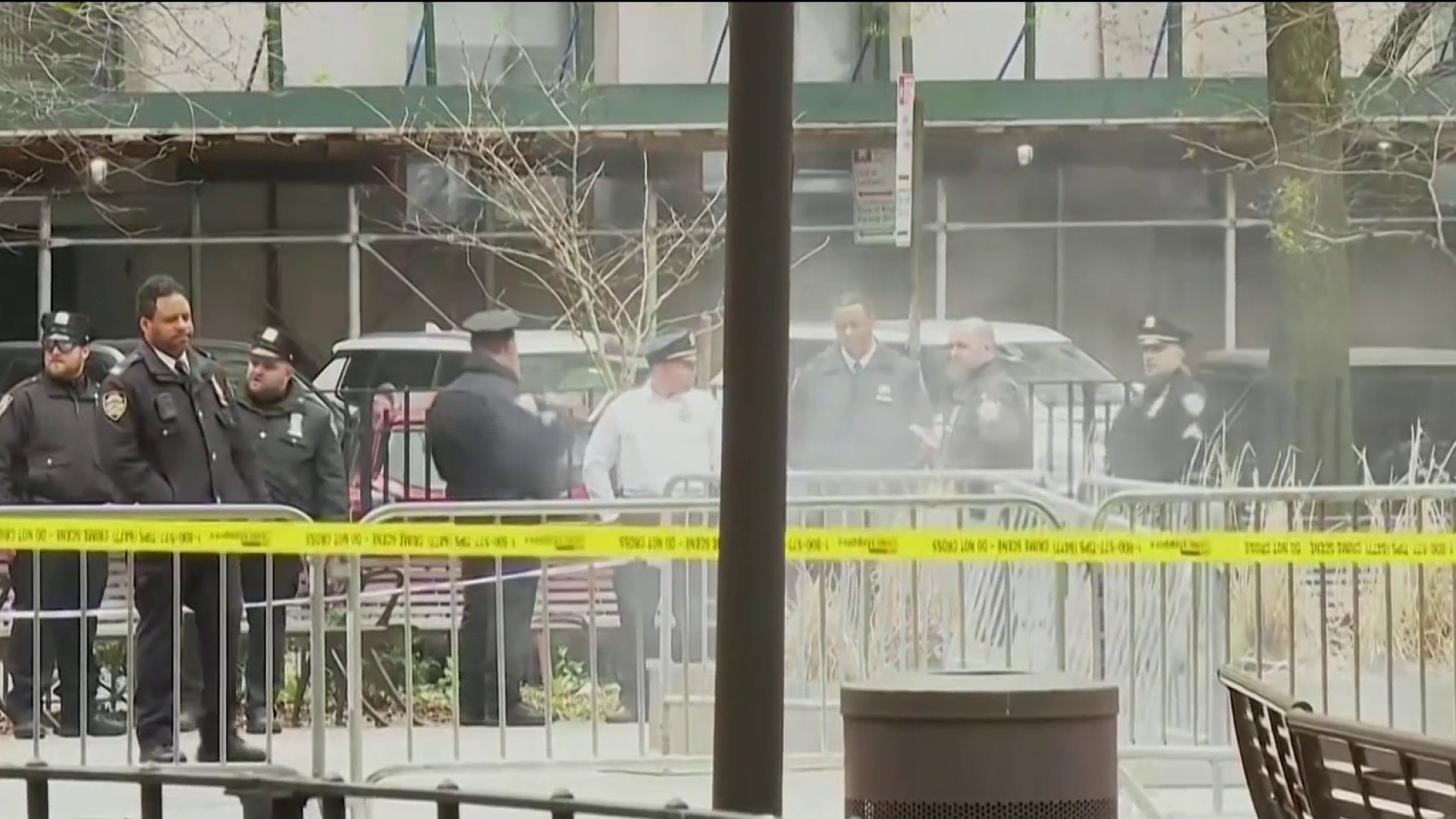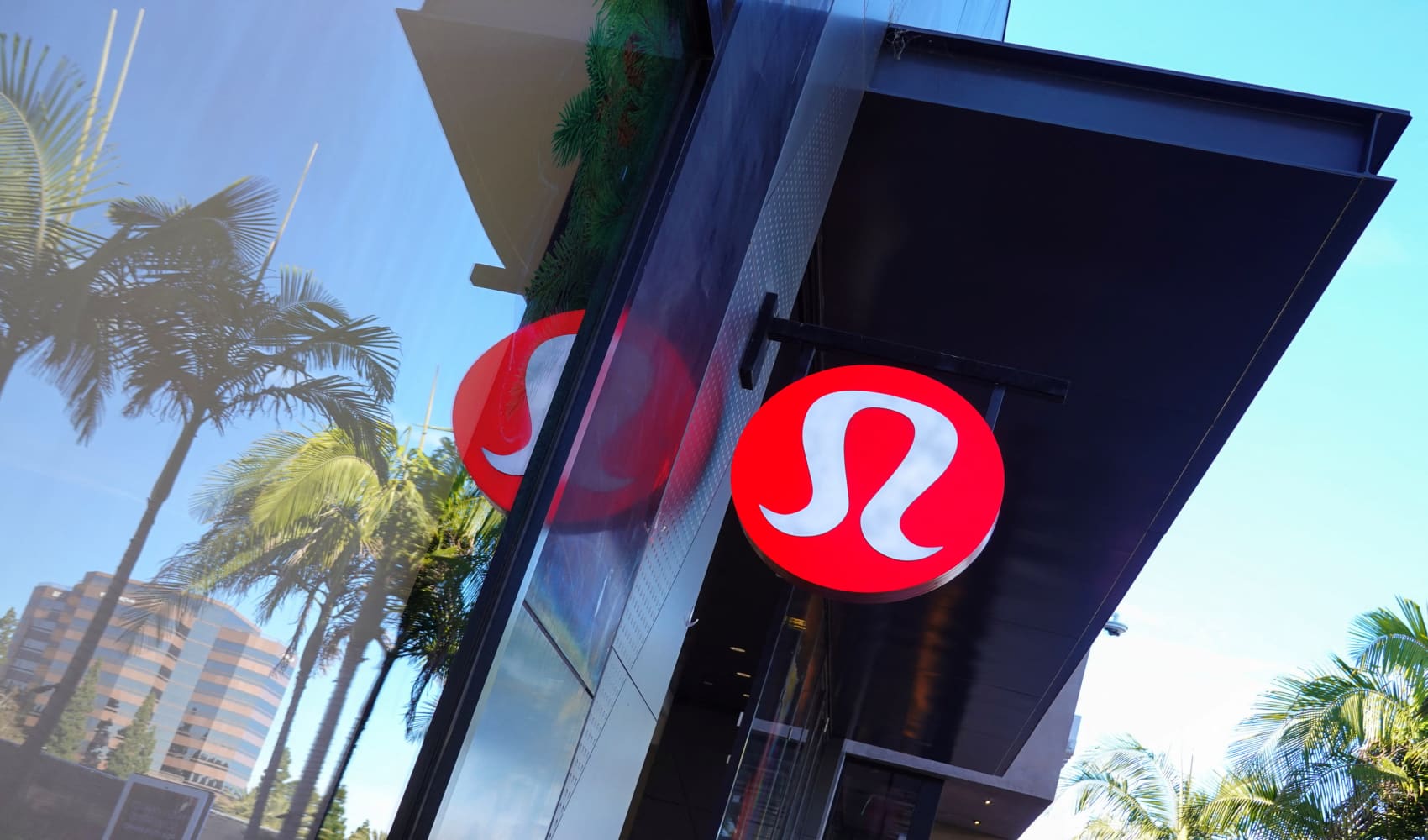The railroad crossing where six people died in a collision between a Metro-North train and an SUV earlier this week in what was the deadliest accident in the commuter rail's history had undergone a number of upgrades in recent years to reduce the risk of accidents, but some planned work -- the installation of a third set of flashing lights -- was never done.
Records obtained by The Associated Press through a Freedom of Information Act request show that in 2009, state transportation officials set aside $126,000 for safety work, including the warning lights. But they were never put in.
After numerous inquiries from the AP over three days, state and railroad officials were unable to explain why the work wasn't done. The unspent money was released last year for other rail safety projects.
The National Transportation Safety Board's investigation into the crash is ongoing.
As for whether the extra lights could have prevented the tragedy, state Transportation Department spokesman Beau Duffy said, "There's a lot of unknowns here. It's way too early to be guessing about what could have or couldn't have made a difference."
The wreck involved Ellen Brody, 49, who stopped her SUV in the crossing after it was struck by one of the descending safety gates. A witness said she got out of the vehicle, inspected the gate, then got back in and drove forward onto the tracks just before the Metro-North train hit.
She was killed along with five train passengers.
U.S. & World
A funeral was held for Brody at a synagogue in Dobbs Ferry on Friday. Brody worked at a jewelry store and was the mother of three daughters in their teens and 20s. Her rabbi, Benjy Silverman, called her a "beautiful soul" who "adored her daughters and husband. She was their biggest fan and supporter."
The crossing where Tuesday's crash happened had two sets of flashing red lights that would have been visible to the SUV's driver. Duffy said the third set was proposed for a spot 100 to 200 feet up the road that would have allowed drivers approaching around a slight bend in the road to see the warning signals a few seconds sooner.
Duffy said the proposed lighting was a "proactive" step and "wasn't in response to any perceived deficiency there."
Metro-North spokesman Aaron Donovan said the railroad and the state will continue to look at options for making the crossing safer.
The Commerce Street crossing is one of three along a stretch of Metro-North's Harlem line that were targeted for safety improvements about seven years ago, in part because they lie extremely close to the Taconic State Parkway, a four-lane divided highway.
Drivers approaching the Taconic from Commerce Street bump over the tracks, then have just a few car-lengths of space before they reach the traffic light controlling access to the parkway.
All grade-level rail crossings are inherently dangerous, but those less than 200 feet from traffic lights are considered especially problematic because of the danger of cars screeching to a halt in dangerous positions.
In 2008, new traffic signal control equipment was installed at Commerce Street to ensure that drivers trying to get out of the crossing wouldn't be blocked by a red light at the intersection ahead. The system also prevents traffic backups at the crossing from spilling back onto the Taconic, according to the Transportation Department and Metro-North's parent agency.
Metro-North said it also replaced the flashing red lights at the crossing with brighter LED models. And in 2010 the town of Mount Pleasant, where the crossing is located, installed two signs there saying, "Do not stop on tracks."
NTSB vice chairman Robert Sumwalt said Thursday that all the signals, lights and road sensor equipment appeared to be working properly on the night of the crash.



